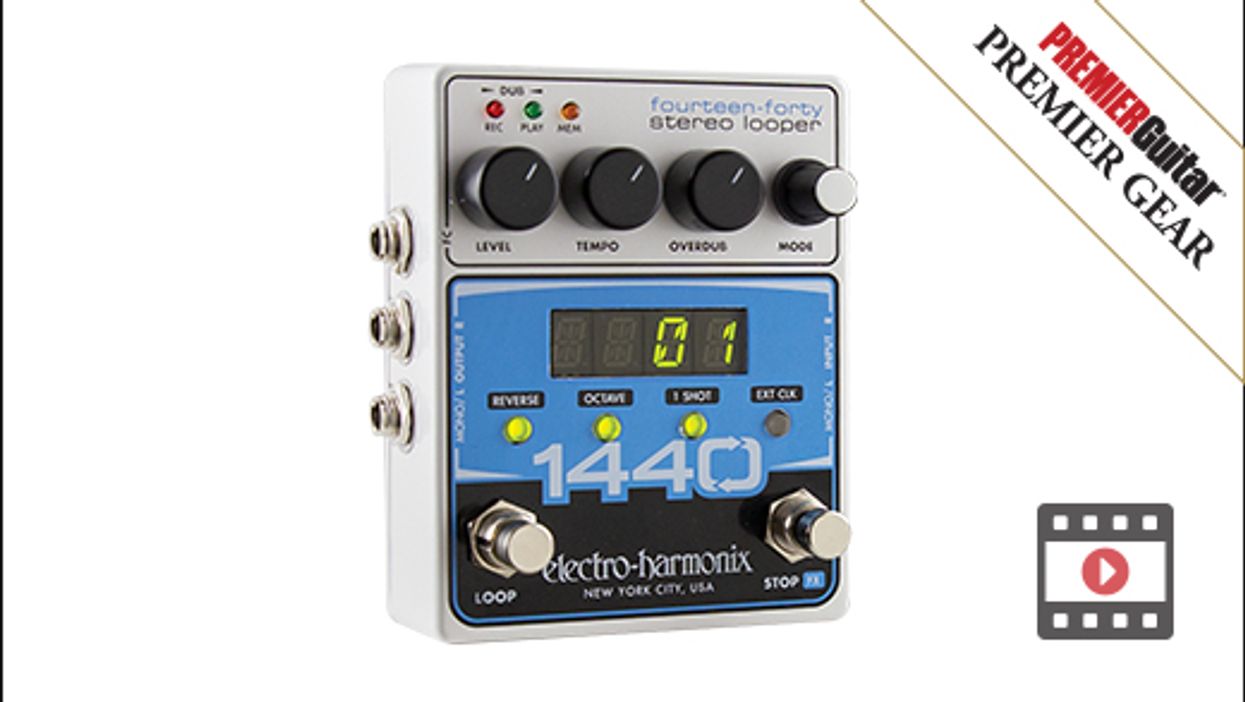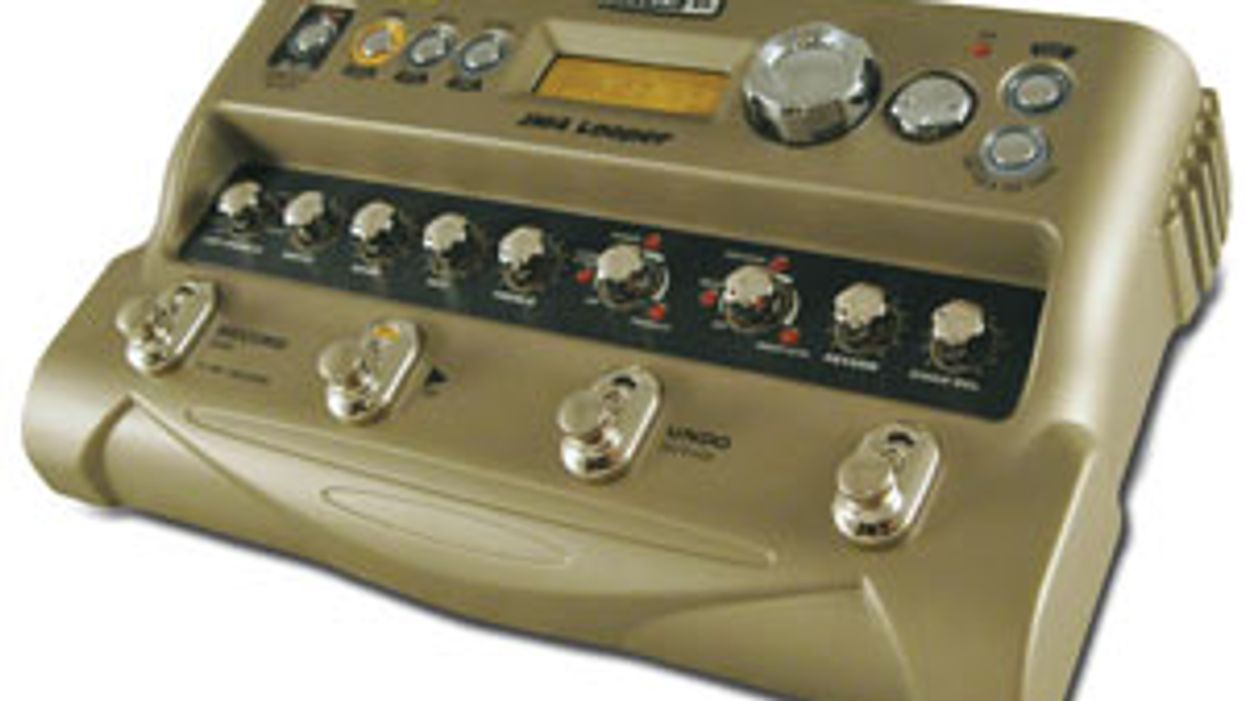Search
Latest Stories
Start your day right!
Get latest updates and insights delivered to your inbox.
looper-presets-line-6-modeling-smart-control-fx-endless-jam-style
Don’t Miss Out
Get the latest updates and insights delivered to your inbox.
Recent
load more

